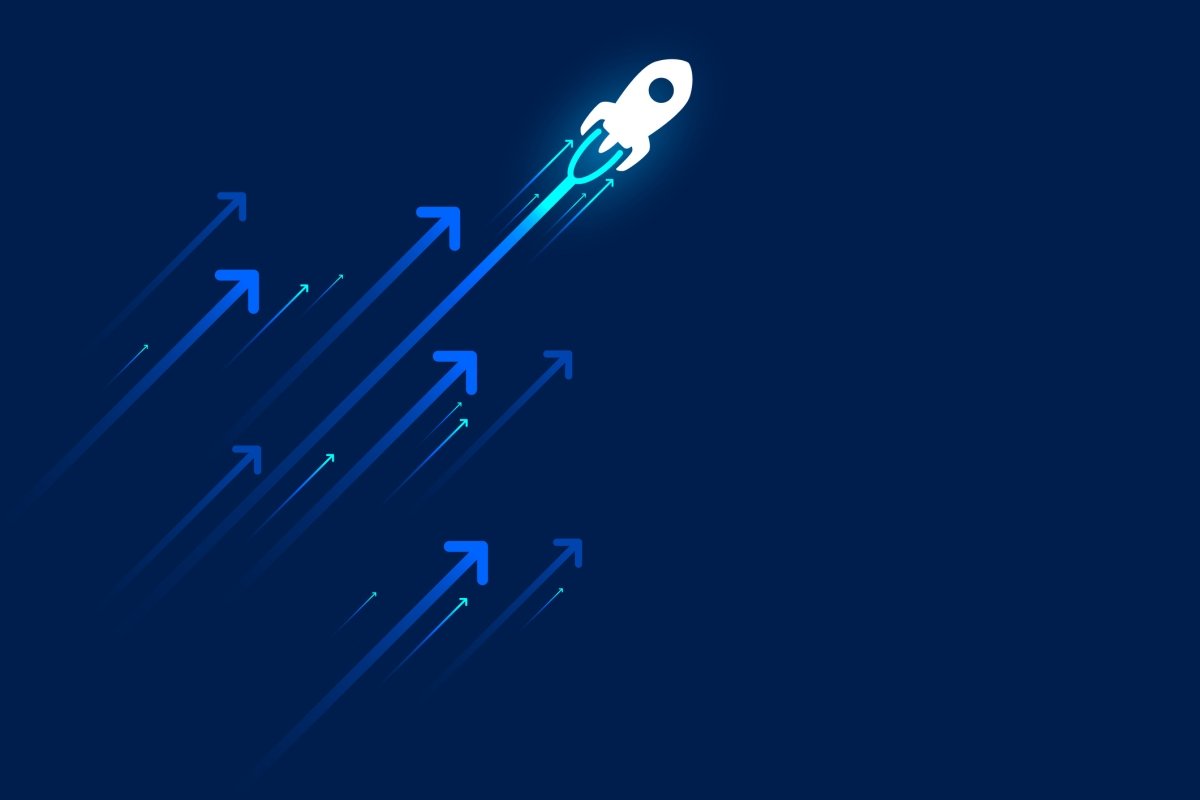In today’s world of startups, the question of whether to launch another product has become even more pressing. Traditionally, it was believed that startups should focus on one hero product in order to conserve their limited resources. However, there has been a shift in this mindset, with more and more thought leaders advocating for being a multi-product or compound startup. This is no longer just a passing trend, but rather a proven path to success.
“Creating a new product is justified when the net present value of overall profit expansion exceeds its opportunity cost.”
– Dave Yuan
The challenge lies in estimating the value of a new product before it is even launched. It is a similar struggle to that of customer acquisition, where the investment must outweigh the cost in order to be justified. However, with the help of appropriate customer retention and monetization strategies, estimating the value of customer acquisition has become less daunting.
Customer acquisition and product development are undeniably two of the most crucial investments for a startup. This inevitably leads to a competition between the two priorities. Historically, customer acquisition has been prioritized due to its potential for generating leverage on previous investments in product development, as well as the uncertain payoff from new products.
However, with the rise in customer acquisition costs, the relative value of this investment remains the same compared to new product development. This has led to the emergence of compound startups, coinciding with the growing concern about customer acquisition costs in the tech industry.
In hindsight, the logic is clear. When customer acquisition costs exceed a certain threshold, it becomes more cost-effective to focus on developing and marketing new products rather than acquiring customers through traditional channels.
New and innovative products not only lower customer acquisition costs, but also make a company more appealing, leading to increased retention and development. By offering more products, existing customers have more opportunities to make purchases, strengthening relationships and encouraging cross-selling. As the customer base grows, investing in product-related initiatives becomes even more beneficial for a startup.
In conclusion, it is important for startups to consider their current customer acquisition costs when deciding whether to launch another product. Being born multi-product or becoming a compound startup may be the key to success in today’s market.








